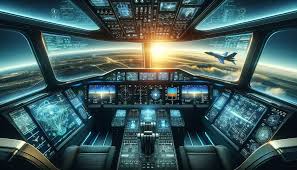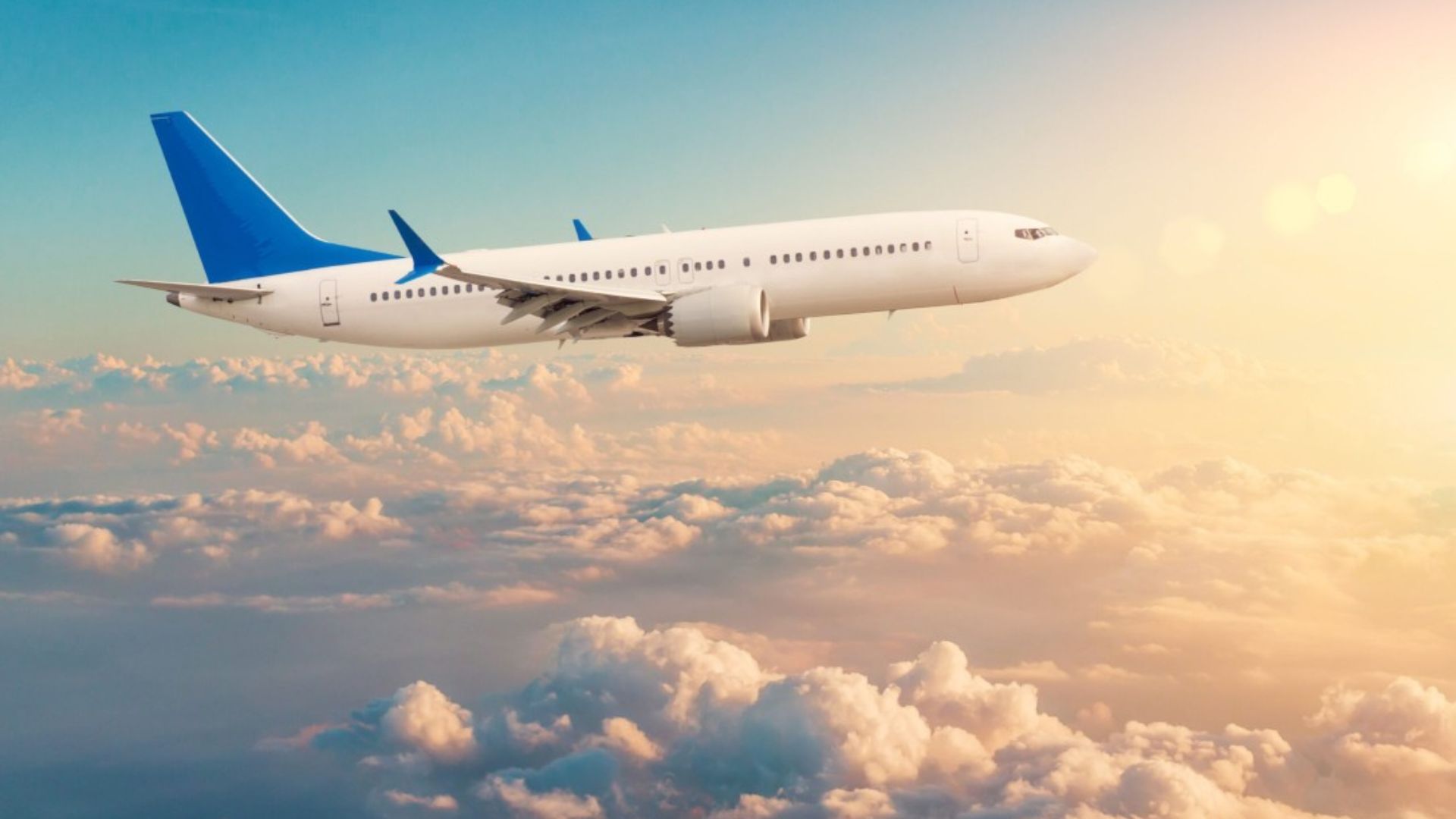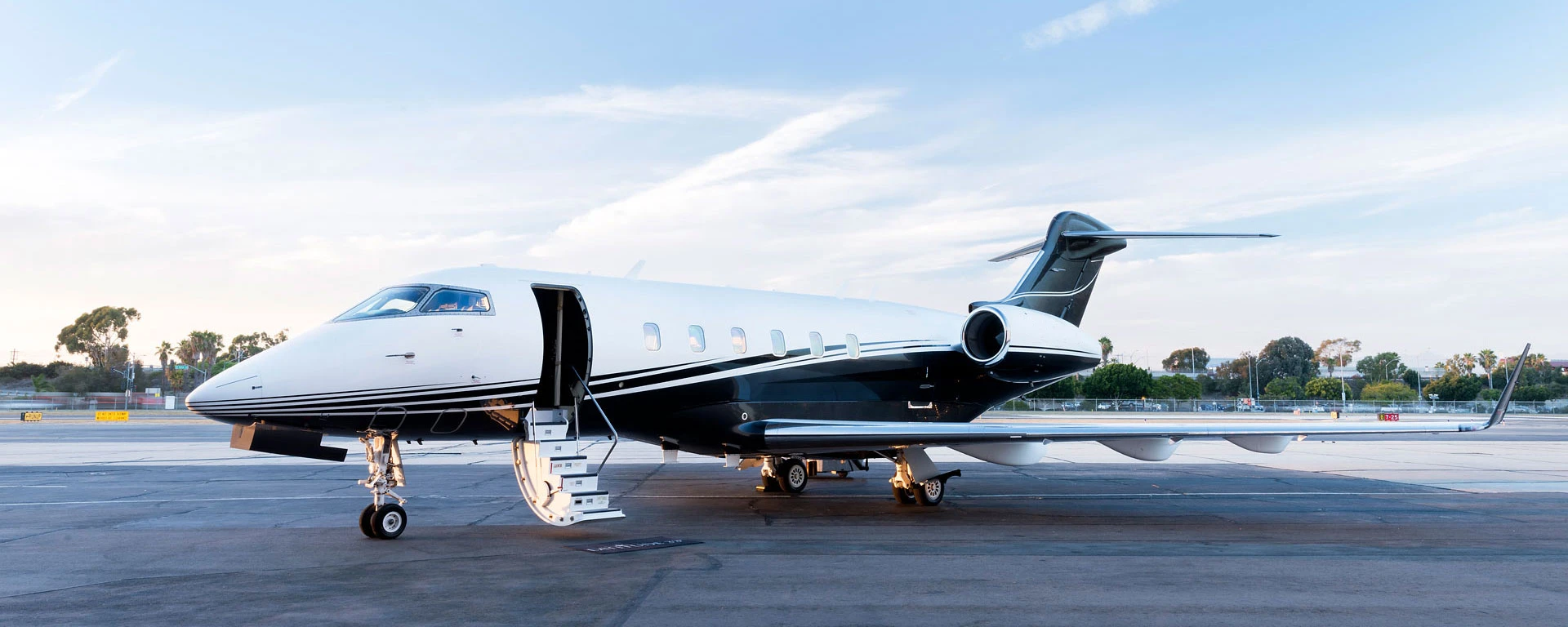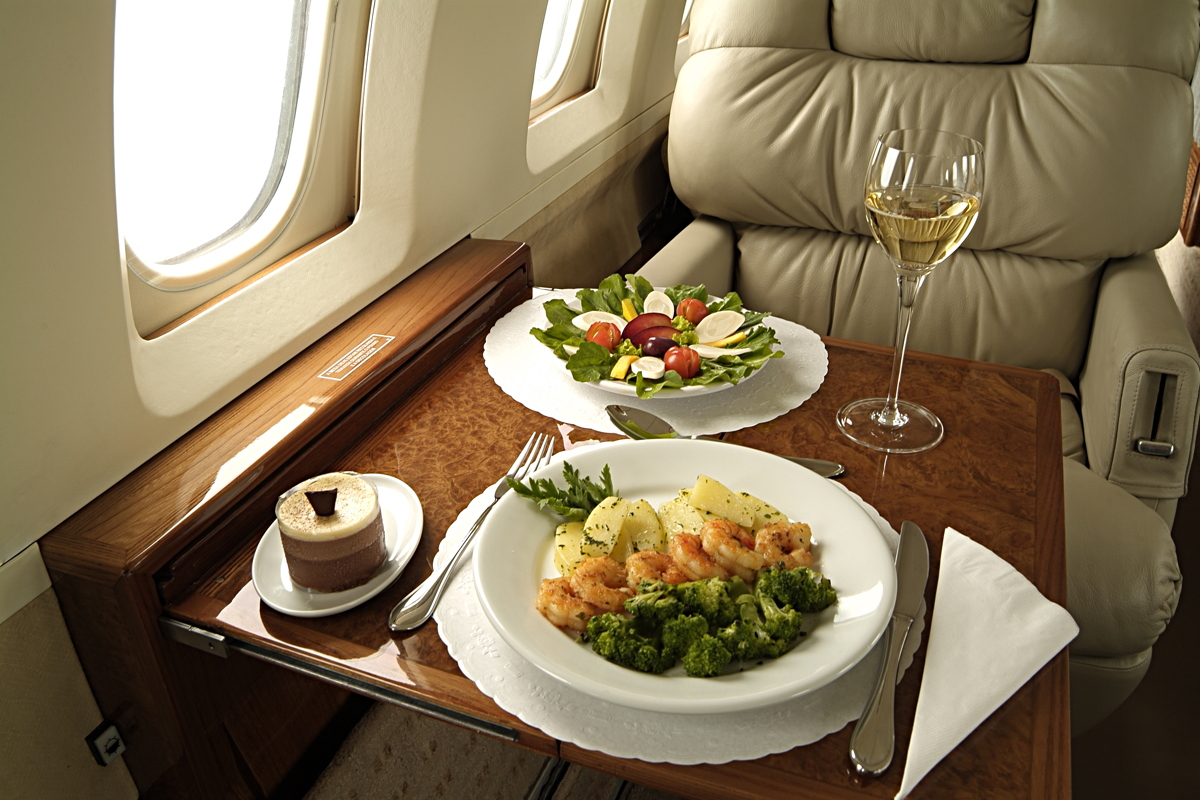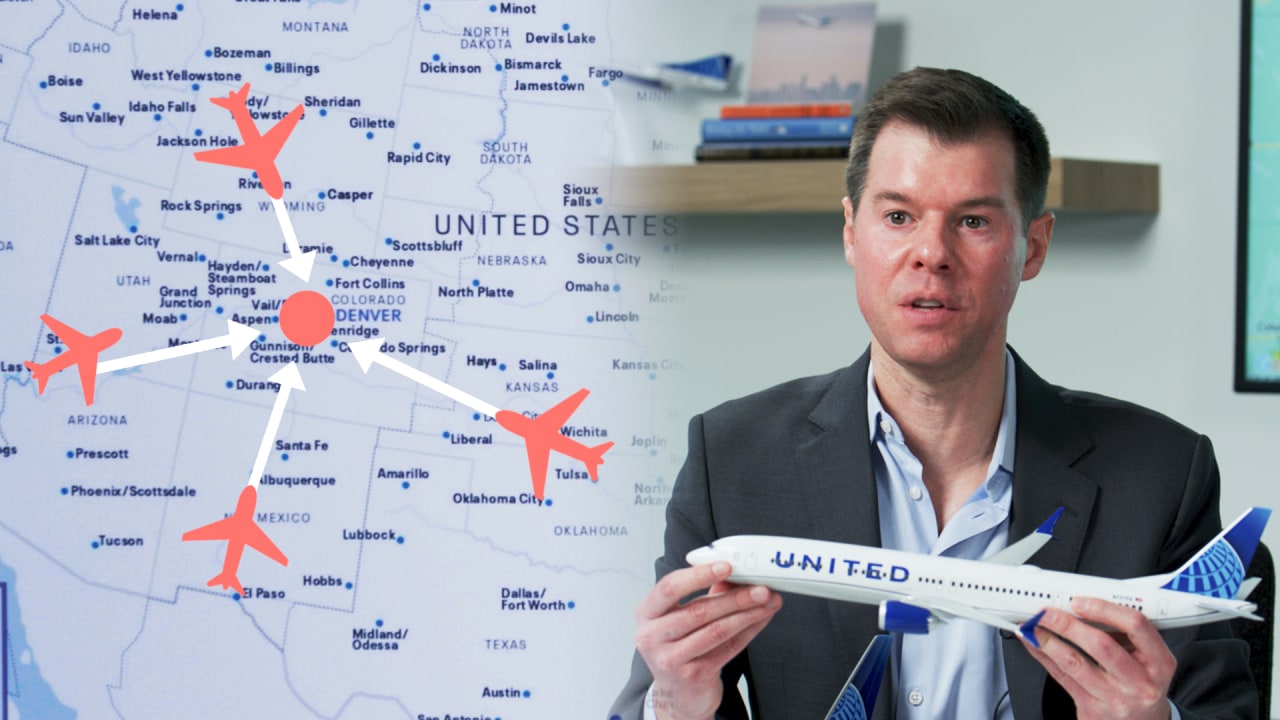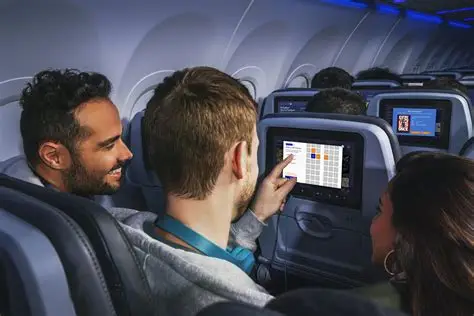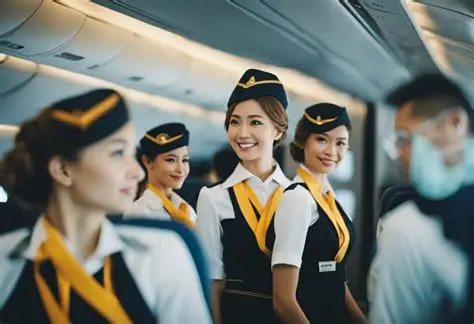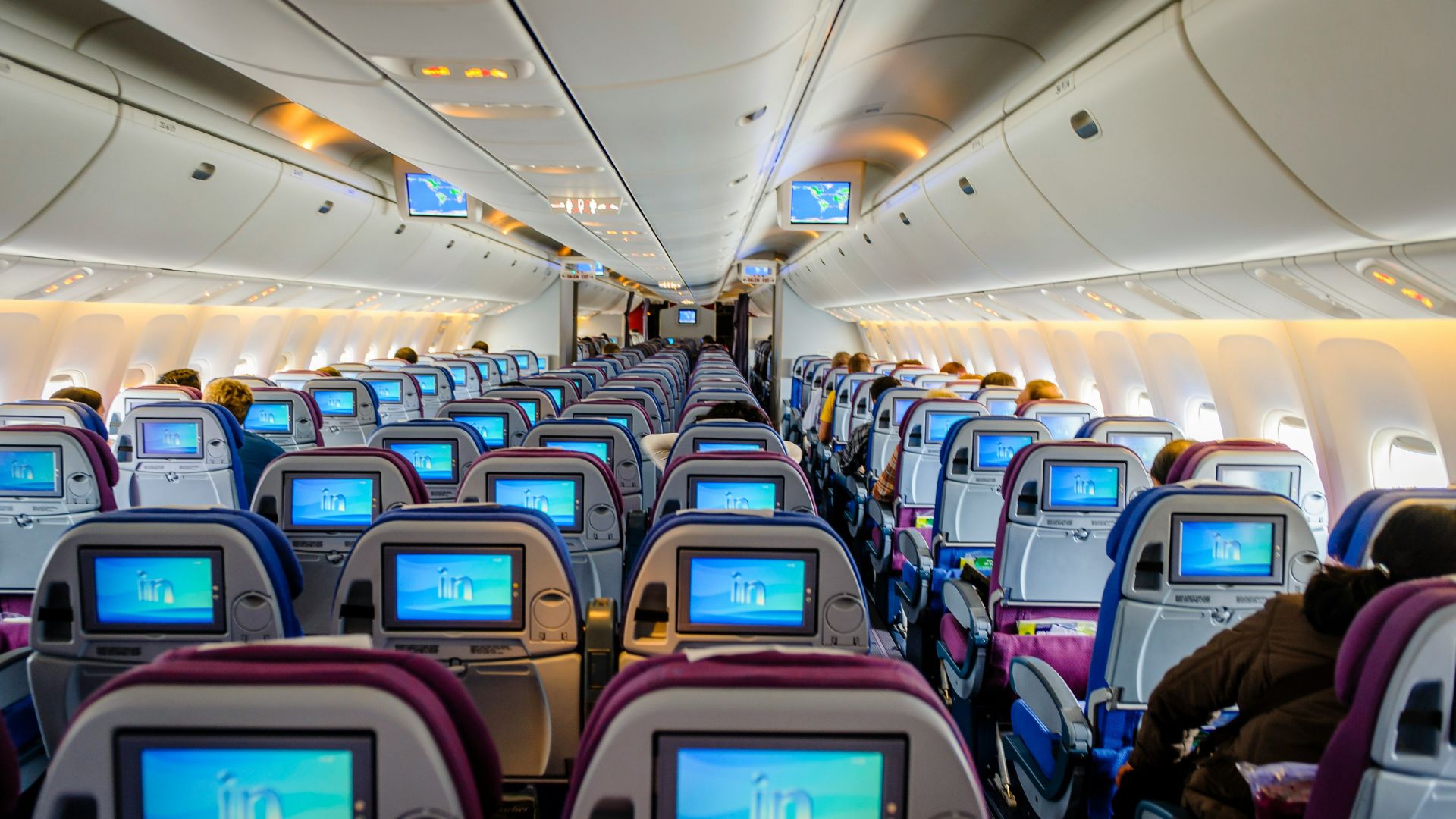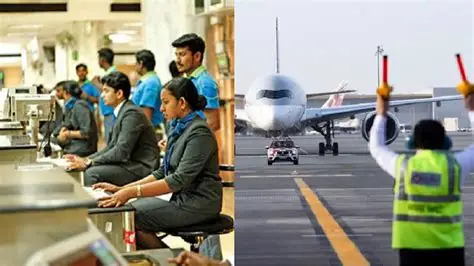Air travel has evolved significantly over the years, and technology now plays a central role in enhancing passenger experience. Technology streamlines in-flight management by making operations more efficient, improving communication, and ensuring a smoother journey for both crew and passengers. From flight planning to passenger services, modern tools help airlines maintain high standards of safety, comfort, and efficiency.
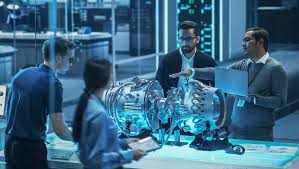
Technology streamlines in-flight management
Improving Operational Efficiency
One of the main benefits of technology in in-flight management is operational efficiency. Airlines use software to manage seating, monitor aircraft performance, and optimize routes. These tools reduce errors, save fuel, and allow crews to focus on passenger care rather than administrative tasks. For example, automated flight planning systems calculate the most efficient flight path, taking into account weather conditions and air traffic, which helps maintain schedules and reduce delays.
Example:
A long-haul airline uses AI-powered systems to adjust fuel loads and flight paths in real-time, ensuring on-time arrivals and optimal resource use.
Enhancing Cabin Crew Performance
Technology also supports cabin crew in delivering better service. Mobile devices, tablets, and onboard systems allow crew members to track passenger requests, manage meals, and monitor special needs efficiently. These tools reduce wait times and improve accuracy, creating a seamless in-flight experience.
Example:
During a full flight, cabin crew use tablets to record meal preferences and allergies, ensuring every passenger receives the correct order. This prevents errors and enhances comfort.
Real-Time Communication
Effective communication is essential for safe and smooth flights. Technology enables real-time updates between cockpit and cabin crew, as well as ground operations. This ensures that any changes, such as turbulence alerts, gate adjustments, or connecting flight information, are shared promptly. Quick access to information allows the crew to manage passengers effectively and address concerns immediately.
Example:
If a connecting flight is delayed, cabin crew can inform affected passengers in advance, provide alternative arrangements, or offer assistance, minimizing stress and confusion.
Passenger Comfort and Experience
Technology enhances the overall passenger experience by offering personalized services and entertainment options. In-flight entertainment systems, Wi-Fi connectivity, and mobile apps give passengers control over their journey. Additionally, technology helps monitor cabin conditions like temperature, lighting, and air quality to maintain comfort throughout the flight.
Example:
Airlines use smart systems that adjust cabin lighting to reduce jet lag on overnight flights, improving passenger comfort and satisfaction.
Safety and Compliance
Safety remains the top priority in aviation. Technology assists in monitoring aircraft systems, tracking maintenance schedules, and ensuring compliance with aviation regulations. Predictive maintenance tools can identify potential issues before they become critical, reducing the risk of delays or technical problems during flights.
Example:
Sensors on aircraft components alert engineers and crew to any irregularities in real-time, allowing preventative maintenance before a flight departs.
Benefits of Technology in In-Flight Management
-
Operational Efficiency: Reduces delays, errors, and wasted resources.
-
Enhanced Passenger Experience: Personalized service and entertainment improve satisfaction.
-
Crew Support: Streamlines tasks, allowing staff to focus on passenger needs.
-
Safety Assurance: Monitors aircraft and ensures compliance with safety regulations.
-
Data-Driven Decisions: Real-time analytics help airlines improve service and performance.
Challenges and Solutions
While technology offers many advantages, challenges exist, such as system integration, cybersecurity, and staff training. Airlines address these challenges by regularly updating software, providing comprehensive crew training, and implementing robust security measures. Proper use of technology ensures that flights remain efficient, safe, and comfortable.
Conclusion
In modern aviation, technology streamlines in-flight management by improving efficiency, supporting cabin crew, enhancing passenger experience, and maintaining safety standards. Airlines that embrace technological tools can operate smoothly, reduce errors, and provide higher-quality service. From route optimization and predictive maintenance to in-flight entertainment and real-time communication, technology is key to creating seamless, enjoyable, and safe journeys for passengers around the world.

